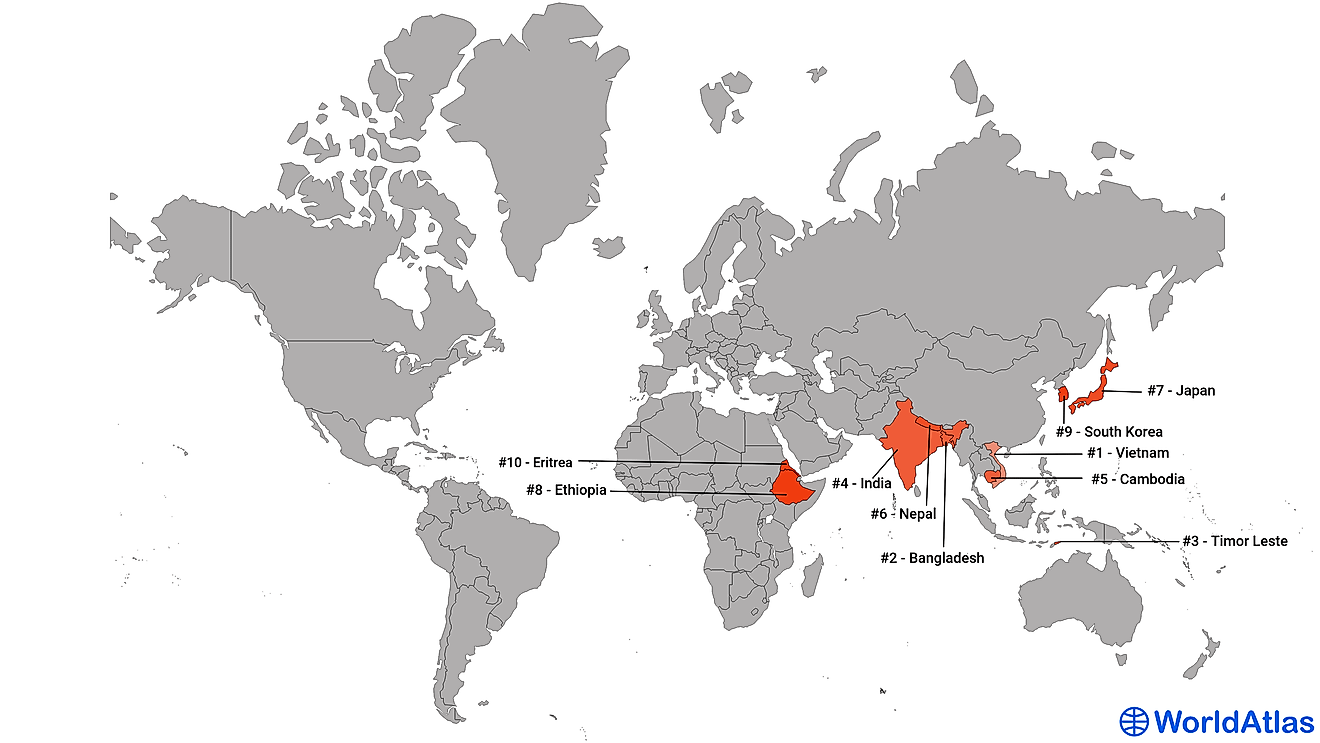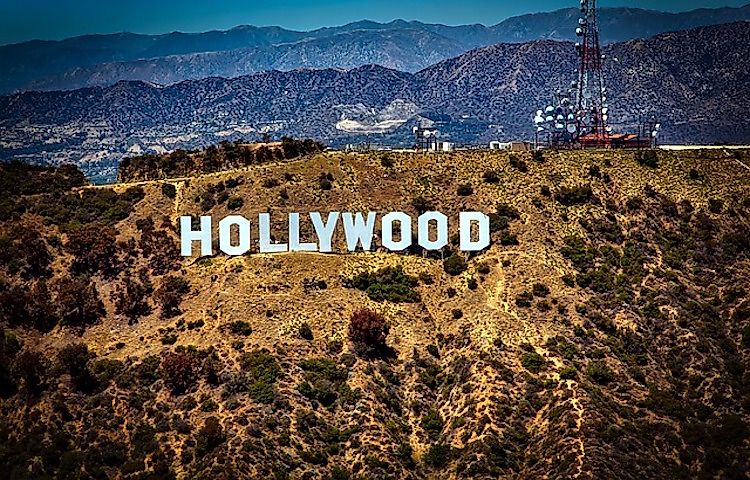What Is Redlining?

Redlining is the practice of denying services to residents of specific neighborhoods and communities, often on the basis of race. Banks and insurance companies have historically been the most common and direct perpetrators of redlining, although other service providers, from healthcare companies to supermarkets, can also contribute to its persistence. The term redlining is typically linked to its use in the United States and Canada.
History
The practice of redlining began in the United States (US) when the National Housing Act of 1934 created the Federal Housing Administration (FHA). The FHA introduced the mortgage lending system that still exists in the US today as a way to revitalize the housing market and encourage homeownership. Additionally, along with the Home Owner’s Loan Coalition (HOLC), the FHA developed a program for mortgage refinancing that included the creation of "residential security maps" to help lenders decide which communities were safe bets for investment and those which were considered risky and should be avoided. These maps ranked communities by color: green communities were "best"; blue communities were "still desirable"; yellow communities were "definitely declining"; and red communities were "hazardous" and therefore excluded entirely from FHA programs.
While the HOLC did consider factors like home prices, amenities, and average income when deciding how to rank communities on its maps, the corporation also directly and explicitly biased its decisions on the basis of a neighborhood’s racial composition. The HOLC discriminated against black populations the most blatantly, but also considered Jewish, Catholic, and many immigrant populations, particularly those from Asia and Southern Europe, to be undesirable and high risk. Communities that were predominantly white tended to receive green and blue rankings, while communities bordering neighborhoods with significant black populations tended to receive yellow rankings, and predominantly black neighborhoods were almost exclusively marked as red. This is where the term "redlining" comes from, and was coined in the 1960s by sociologist John McKnight in reference to the literal red lines that the HOLC drew around these communities on its maps.
The United States' Fair Housing Act 1968 made redlining technically illegal, but the damage that this discriminatory process had done over the 34 years it was openly enforced was not easily reversed. Many banks and business owners continued to treat historically redlined communities as risky and dangerous, and as a result these neighborhoods continued to face severe systematic discrimination.
Ongoing Impacts
More recent studies show that 75% of those original redlined communities continue to struggle economically compared to similar predominantly white neighborhoods. People who live in these communities still face much higher interest rates on loans and mortgages, if they are approved at all, and many banks continue to deny loans and mortgages more frequently in redlined communities than anywhere else.
Property and home values in redlined neighborhoods are disproportionately low, which also has a detrimental effect on public education in these communities, since education funding is tied to an area’s property taxes. Redlining can even restrict access to basic needs like food and healthcare, as healthcare providers and supermarket owners often avoid building in redlined communities or inflate prices out of concern that investing in those area would not be profitable.
This forces people who live in redlined neighborhoods to travel farther or pay more for what they need than others. Even though the practice was outlawed more than 50 years ago, redlining is still a very real concern for many communities throughout the United States in 2019.











